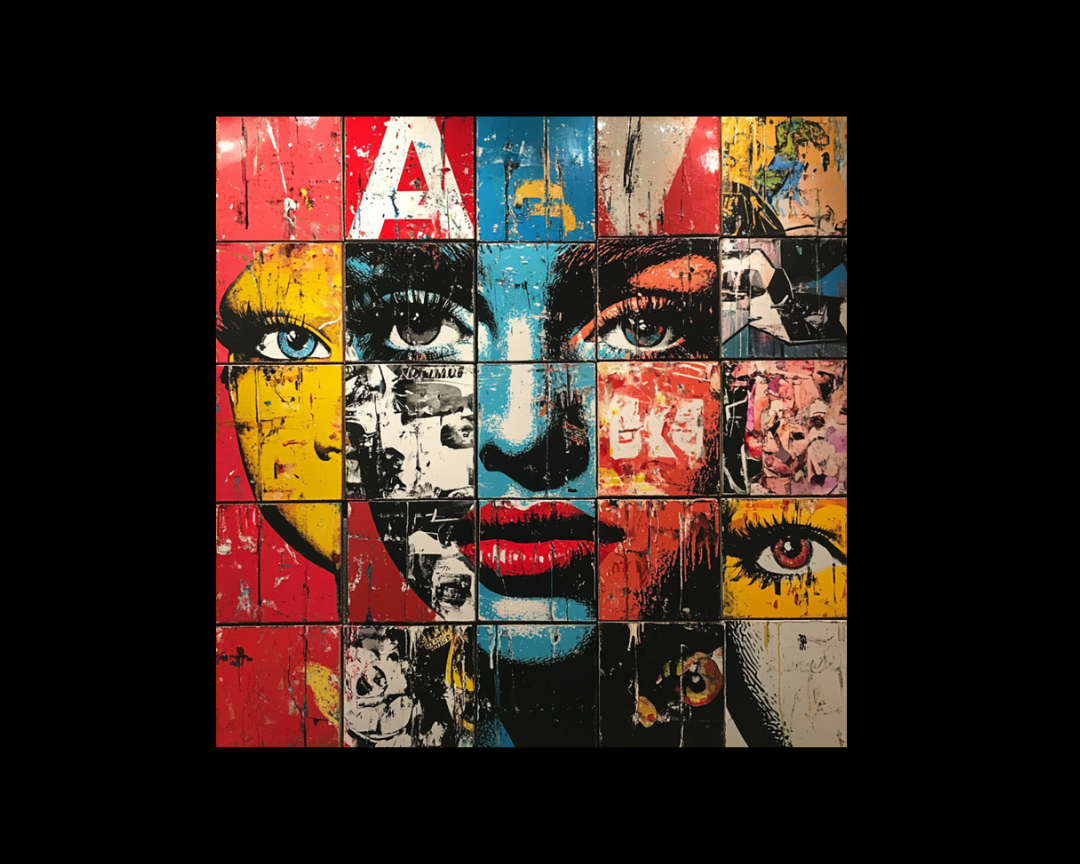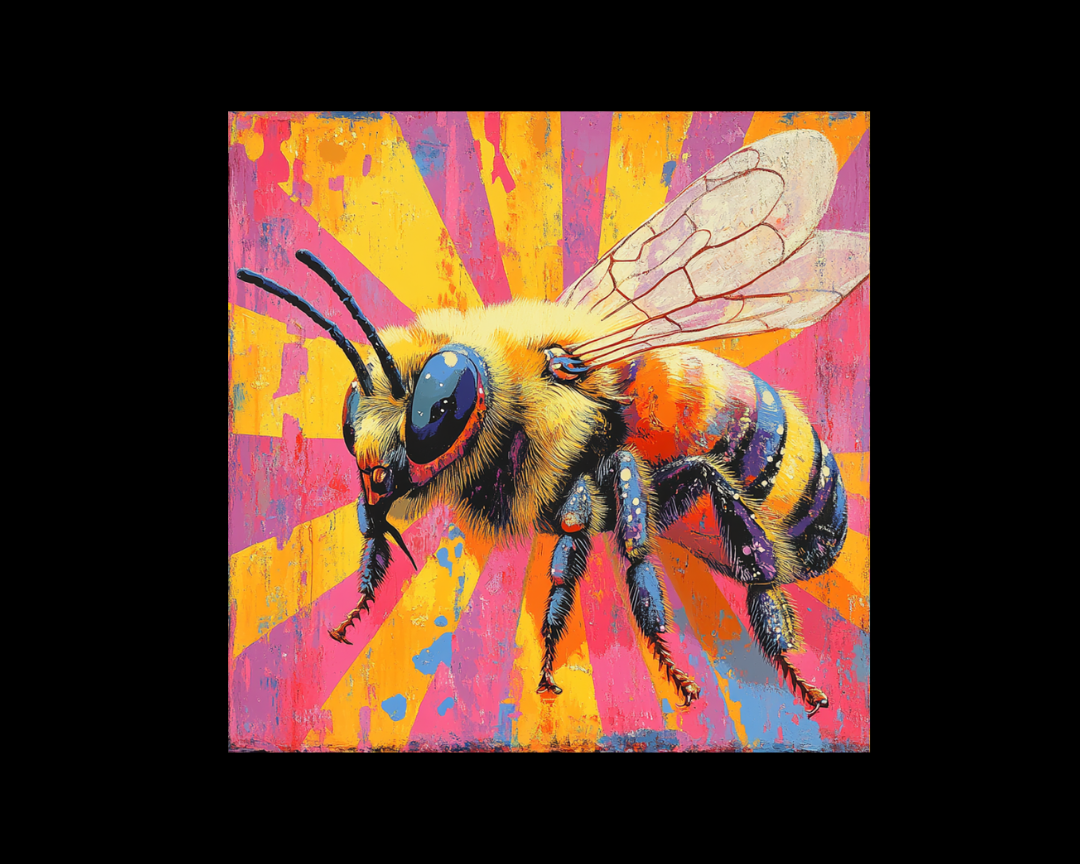Ekphrastic Writing: Advanced Techniques for Translating Visual Art into Prose
You're standing before Vermeer's "Girl with a Pearl Earring," lost in the enigmatic gaze that has captivated viewers for centuries. Imagine that...

We've all heard the myth: brilliant novelists receive story ideas like lightning strikes—sudden, complete, and blazing with possibility. Virginia Woolf claimed her novels came to her "whole," and Stephen King speaks of finding his stories like fossils in the ground. But here's what they don't tell you: even Dickens started A Christmas Carol with nothing more than the vague notion of a "ghostly little book." The truth? Most novel ideas begin as seeds, not forests.
Recent surveys reveal that 73% of published novelists report their breakthrough ideas originated from ordinary, everyday experiences rather than dramatic life events. The data challenges romantic notions about creativity—successful debut novelists primarily cite overheard conversations, childhood memories, work experiences, and commuting observations as their inspiration sources.
What's particularly revealing is that 89% of these writers couldn't initially articulate their "big idea." They simply began with a compelling character or intriguing situation and discovered their story through writing. Take Gillian Flynn's Gone Girl—it started with her fascination about what happens when people perform happiness in marriage, not a fully-formed thriller plot.
Before you write a single sentence, become a detective of your own reading habits. This investigation reveals the DNA of stories that truly move you—and therefore the stories you're equipped to write.
Start with bookshelf archaeology. Gather novels you've read multiple times, ones you recommend without hesitation, stories that made you miss your subway stop. Ignore books you thought you should enjoy; focus on guilty pleasures and secret favorites.
Louise Dean, founder of The Novelry, discovered her novels centered on "quiet failures"—characters slipping away from life until something small offers meaning. This revelation freed her from attempting "knock-out high-concept fiction" and allowed her to embrace her natural storytelling instincts.
Make your list. Read each book's back cover. Note common themes. Are you drawn to family dysfunction like Donna Tartt? Workplace satire like Joshua Ferris? Small-town secrets like Tana French? Your patterns reveal your authentic voice.
Professional novelists consistently find their richest material in the mundane. Andrea Stewart's fantasy epic The Bone Shard Daughter originated from a friend nearly choking on a bone fragment at a food court—a moment that sparked an entire magic system based on bone shards.
Melanie Conklin's Every Missing Piece grew from childhood memories of studying missing children's photos on milk cartons. She wondered: what would I do if I recognized one of those faces?
The key lies in asking "what if?" during routine moments:
Commuting: Watch fellow passengers. Where are they going? The woman checking her phone nervously—job interview or confronting an affair? The man in the same seat every day—what happens when he doesn't show up?
Dining: Coffee shop conversations provide endless material. Two friends arguing over custody schedules became the seed for Liane Moriarty's exploration of parental relationships.
Work: Office dynamics fascinate readers. Then We Came to the End by Joshua Ferris transforms corporate downsizing into darkly comic fiction.
Childhood Memories: Past events viewed through adult eyes offer rich material. What seemed normal then might appear troubling now. Family stories contain built-in conflict.
Don't seek dramatic events. Clare Mackintosh's devastating After the End came from a doctor's casual comment about parental disagreement over life support. Ordinary moments contain extraordinary questions.
The most sustainable novel ideas emerge from character rather than plot. Consider what drives interesting people you encounter. The neighbor who gardens at midnight. The barista who remembers everyone's order except her own. What blindspot drives their behavior?
Every compelling protagonist carries a fundamental misunderstanding about themselves or their world. Without this internal conflict, external adventures become meaningless action sequences.
Start with these character questions:
Emma Straub built Modern Lovers around longtime friends whose teenage children begin dating—forcing parents to confront their own unresolved romantic past. The situation is common; the character exploration makes it compelling.
Once you've identified your character-driven seed, use this architectural framework:
1. The Main Character: Create someone capable of change. Novels are moral journeys—your protagonist must grow, however subtly.
2. The Problem: Present a dilemma that seems solvable but isn't. This apparent problem masks deeper issues.
3. Escalating Conflicts: Throw rocks. Make things worse. Choose an antagonist—usually a person who represents what your protagonist fears becoming.
4. The Sweet Spot: Four-fifths through your story, reveal the emotional truth that moved you to write it. This moment resonates because it touches universal human experience.
5. The Resolution: Your protagonist returns to reality without their blindspot. Internal recognition often proves more powerful than external transformation.
The Great Gatsby follows this pattern perfectly. Gatsby's problem appears to be winning Daisy, but his real blindspot is believing he can repeat the past. The sweet spot comes when he realizes the green light's meaning has changed forever.
Remember that initial ideas rarely appear complete. Margaret Atwood's The Handmaid's Tale began with her wondering what would happen if fundamentalists actually gained political power. The dystopian world building came later.
Trust the process. Start writing before you have all answers. Discovery happens through drafting, not planning. Your story will deepen naturally as you populate it with interesting people and force your protagonist to make difficult choices.
The path from spark to novel isn't mysterious—it's methodical. By investigating your reading preferences, mining everyday experiences, and understanding fundamental story architecture, you can cultivate ideas with genuine potential rather than waiting for lightning to strike.
Your next great story lives in Tuesday's commute, Friday's conversation, or childhood's forgotten corner. The question isn't whether you have ideas worth developing, but whether you're prepared to recognize and nurture them.
Ready to transform your story concepts into compelling narratives that captivate readers? Our expert content creators at Hire a Writer specialize in helping storytellers develop their voice and craft stories that resonate. From concept development to final polish, we provide the professional guidance that turns promising ideas into published success.

You're standing before Vermeer's "Girl with a Pearl Earring," lost in the enigmatic gaze that has captivated viewers for centuries. Imagine that...

In creative writing, the fusion of seemingly incompatible genres has emerged as a fertile ground for innovation. These "microgenre mashups" offer...

Hold onto your hats, folks, because we're about to dive headfirst into the dynamic world of frenemies! These enigmatic relationships, which straddle...